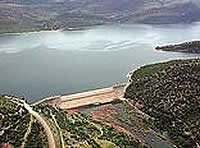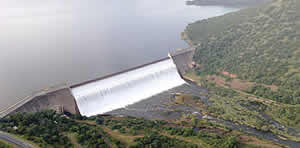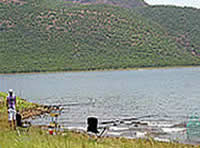Situated in the North West of Mpumalanga Province, in an area known as The Cultural Heartland, Groblersdal is South Africa’s second largest irrigation scheme in the country.
Groblersdal is a farming town situated about 15 minutes north of the massive Loskop Dam, which provides the water for the huge irrigation scheme including the Marble Hall district.
The town was named after the original owner of the farm Klipbank, Mr.
WJ Grobler.
The main crops are citrus, cotton, lucerne,maize, peanuts, peaces, sunflower seed, table grapes, tobacco, vegetables, and wheat.
The Ndebele people are known for their brightly coloured house painting, beautiful bead work and crafts and Groblersdal offers many examples of this colourful Ndebele culture, with works on display at many cultural villages in the nearby region. Groblersdal has many game farms in the surrounding district, which are open to hunters and bow-hunters during the hunting season.
Groblersdal offers visitors the exciting opportunity of game viewing by boat in
the Loskop Dam Nature Reserve. This area is alive with an abundance of birdlife and wildlife.
This makes Groblersdal, being near to the Loskop Dam and Nature Reserve, an ideal destination, offering a magnificent holiday experience.Farms, Groblersdal Game Lodges, Groblersdal information, history of Groblersdal and information Groblersdal. The
178 million m Loskop Dam and its extensive network of irrigation canals was completed in the 1930's across a nearby gorge of the Olifants River.
The Loskop Dam is a popular fishing venue and destination, with its abundant fishlife such as bream and carp. There are slipways for the launching of boats on the dam.In the 1970 the dam wall was raised and a larger area of the Olifants River Valley was flooded, resulting in the dam being nearly 30km long.
A 12,755ha nature reserve has been declared around the dam, being home to a wide variety of antelope as well three members of the big five, namely white rhino, buffalo and leopard.
  
|

